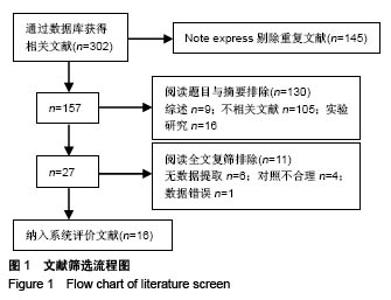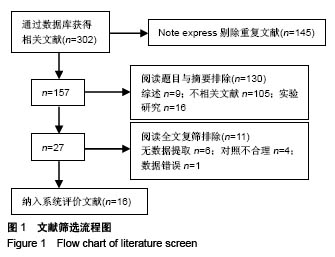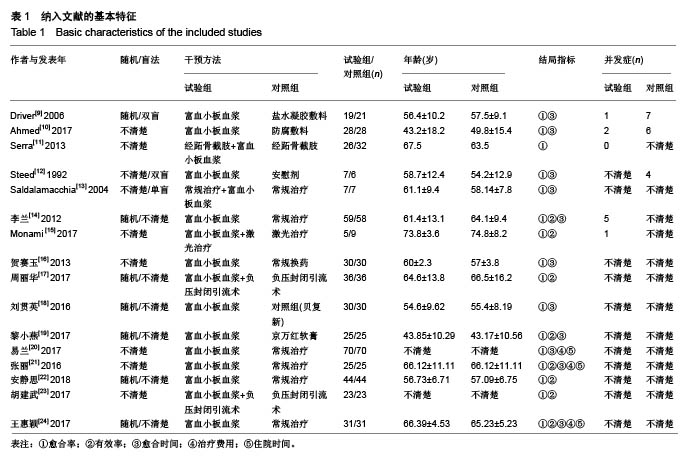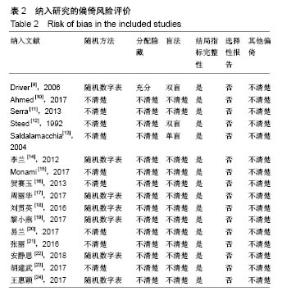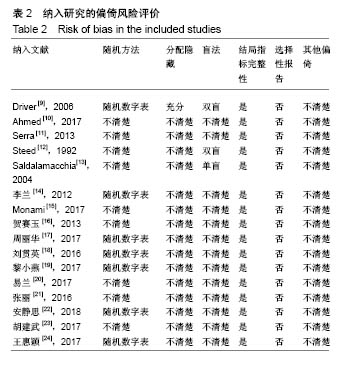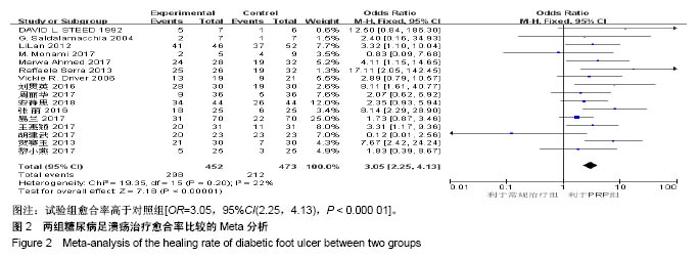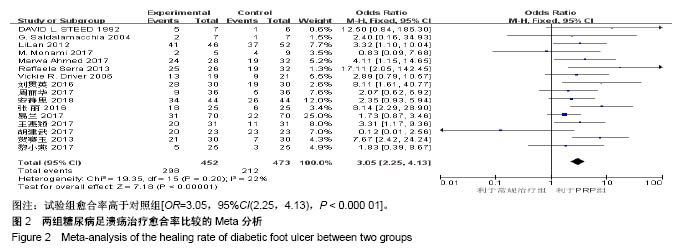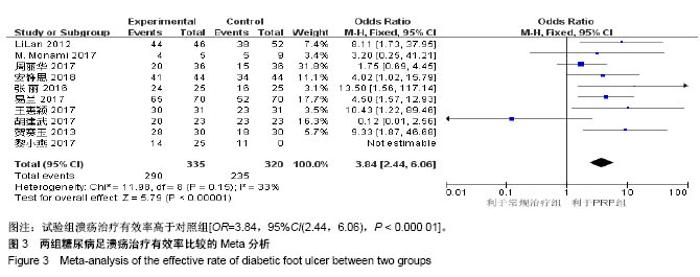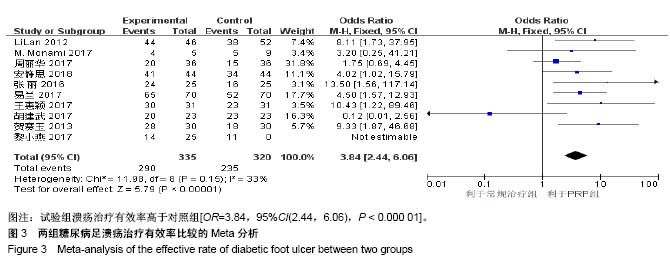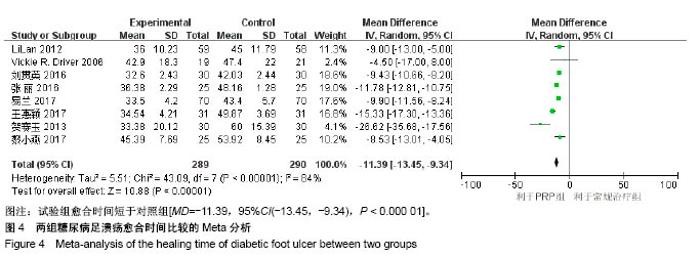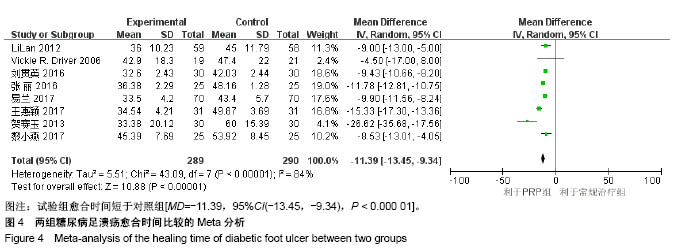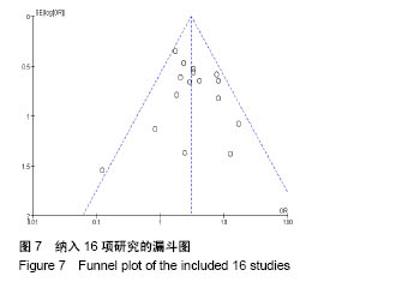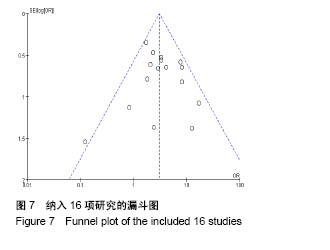| [1] 李俊霞,温玉梅,刘晓宇,等.糖尿病足的治疗进展[J].内蒙古医杂志, 2018,50(9):1043-1044.[2] Gonchar IV,Lipunov AR,Afanasov IM,et al.Platelet rich plasma and growth factors cocktails for diabetic foot ulcers treatment: state of art developments and future prospects. Diabetes Metab Syndr. 2018;12(2):189-194. [3] Boulton AJ.The diabetic foot: grand overview, epidemiology and pathogenesis. Diabetes Metab Res Rev.2008;24 Suppl 1: S3-6.[4] Frykberg RG.Diabetic foot ulcers: pathogenesis and management. Am Fam Physician.2002;66(9):1655-1662.[5] 李兰,冉兴无.自体富血小板凝胶治疗糖尿病皮肤慢性难愈合创面机制的研究进展[J].感染、炎症、修复,2012,13(1):53-55. [6] Sommeling CE,Heyneman A,Hoeksema H,et al.The use of platelet-richplasma in plastic surgery:a systematic reciew.J Plast Reconstr Aes.2013;66(3):301-311.[7] Gary SR,Woo KY.The biology of chronic foot ulcers in persons with diabetes.Diabetes Metab Res Rev. 2008;5(24): S25-S30.[8] Apelqvist J,Bakker K,Van Houtum WH,et al.International consensusand practical guidelines on the management and the prevention of the diabetic foot.International Working Group on the D[1]iabetic Foot. Diabetes Metab Res Rev. 2000;16(1): 84-92. [9] Driver VR,Hanft J,Fylling CP,et al.A prospective, randomized, controlled trial of autologous platelet-rich plasma gel for the treatment of diabetic foot ulcer.Ostomy Wound Manage. 2006; 52(6):68-70.[10] Ahmed M,Reffat SA,Hassan A,et al. Platelet-Rich Plasma for the Treatment of Clean Diabetic Foot Ulcers.Ann Vasc Surg. 2017;38:206-211.[11] Serra R,Buffone G,Dominijanni A,et al.Application of platelet-rich gel to enhance healing of transmetatarsal amputations in diabetic dysvascular patients.Int Wound J. 2013;10(5):612-615.[12] Steed DL,Goslen JB,Holloway GA,et al. Randomized prospective double-blind trial in healing chronic diabetic foot ulcers. CT-102 activated platelet supernatant, topical versus placebo.Diabetes Care.1992;15(11):1598-1604.[13] Saldalamacchia G,Lapice E,Cuomo V,et al.A controlled study of the use of autologous platelet-rich platelet gel for the treatment of diabetic foot ulcers.Nutr Metab Caidiovasc Dis. 2004; 14(6): 395-396.[14] 李兰,王椿,王艳,等.自体富血小板凝胶治疗糖尿病慢性难愈合皮肤溃疡的住院时间和住院费用分析[J]. 四川大学学报(医学版), 2012,43(5):762-765. [15] Monami M,Mirabella C,Scatena A,et al. CO2 laser for the treatment of diabetic foot ulcers with exposed bone. A consecutive series of type 2 diabetic patients. J Endocrinol Invest.2017;40(8):819-822. [16] 贺赛玉,单桂秋,范艳飞,等.同源异体富血小板凝胶治疗糖尿病足溃疡的疗效[J].广东医学,2013,34(1):129-131.[17] 周丽华,陈清华,陈宗存,等.自体富血小板凝胶联合封闭式负压引流术治疗糖尿病足溃疡的效果观察[J].中国医学前沿杂志(电子版),2017,9(6):131-134.[18] 刘贯英,邓晓龙,孙玥,等.自体富血小板凝胶用于糖尿病足溃疡的治疗效果[J].西安交通大学学报(医学版),2016,37(2):264-267.[19] 黎小燕,习燕华,李毅,等.自体富血小板凝胶与京万红软膏治疗糖尿病足溃疡的疗效比较[J].中国医学创新,2017,14(29):57-60.[20] 易兰,付阿丹,王莉,等.自体富血小板凝胶治疗糖尿病足溃疡的临床观察[J].健康前沿,2017,26(11):255.[21] 张丽,强丹,孙永慧,等.自体富血小板凝胶治疗糖尿病足溃疡的临床观察[J].宁夏医学杂志,2016,38(9):809-811.[22] 安静思,赵锦.自体富血小板凝胶治疗糖尿病足溃疡的临床疗效观察及对患者血糖水平的影响[J].国际医药卫生导报, 2018, 24(9): 1340-1341.[23] 胡建武,任继魁,孙晶洁. 自体富血小板血浆联合负压封闭引流治疗糖尿病足溃疡的临床观察[J].中华烧伤杂志, 2017,33(1): 46-48.[24] 王惠颖.自体血小板凝胶在糖尿病足溃疡治疗中的应用分析[J].世界最新医学信息文摘,2017,17(96):11-12.[25] 关小宏.关于我国糖尿病足防治策略的探讨[J].中华损伤与修复杂志(电子版),2016,11(2):84-89.[26] 李晓辉,张永红.糖尿病足最新治疗进展[J].中华全科医学,2018, 16(6):993-997.[27] 葛均波,徐永健.内科学[M].北京:人民卫生出版社,2013:739.[28] 袁霆,张长青.骨组织及软骨组织修复作用中富血小板血浆的制作及其原理[J].中国临床康复, 2004,35(8):7939-7941.[29] Monteiro SO,Lepage OM,Theoret CX,et al.Effects of platelet rich plasma on the repair of wounds on the disal aspect of the forelimb in horses.Am J Vet Res.2009;70(2):277-282.[30] Ehrenfest DM,Bielecki T,Jimbo R,et al.Do the fibrin architecture and leukocyte content influence the growth factor release of platelet concenteates?An evidence-based answer comparing a pure platelet-rich plasma(P-PRP)gel and a leukocyteand piatelet-rich fibrin(L-PRF).Curr Pharm Biotechnol. 2012;13: 1145-1152.[31] 何利平,王椿,陈大伟,等.PRP治疗糖尿病难治性皮肤溃疡对创面肉芽组织中MMP-1、MMP-9及TIMP-1水平的影响[J].四川大学学报,2012,43(5):757-761.[32] Suthar M,Gupta S,Bukhari S,et al.Treatment of chronic nonhealing ulcers using autologous platelet rich plasma: a case series.J Biomed Sci.2017;24(1):16.[33] 付鹏,冯佳丽,苗婷,等.自体富血小板凝胶治疗对糖尿病足溃疡患者修复效果及生活质量的影响[J].解放军预防医学杂志, 2018, 36(7):858-860[34] 李志恒.自体富血小板凝胶治疗糖尿病足的Meta分析[D].重庆:重庆医科大学,2015.[35] Chen L,Wang C,Liu H,et al.Antibacterial effect of autologous platelet-rich gel derived from subjects with diabetic dermal ulcers in vitro.J Diabetes |
